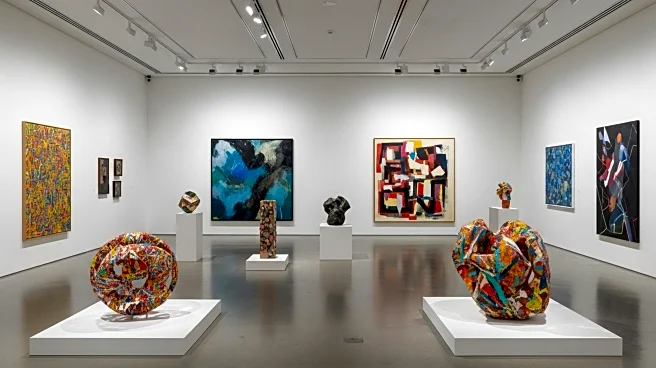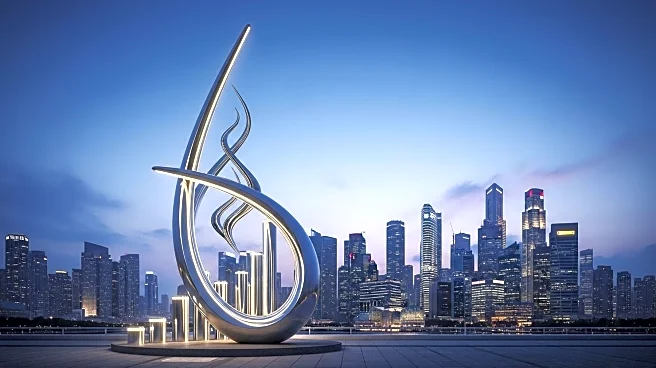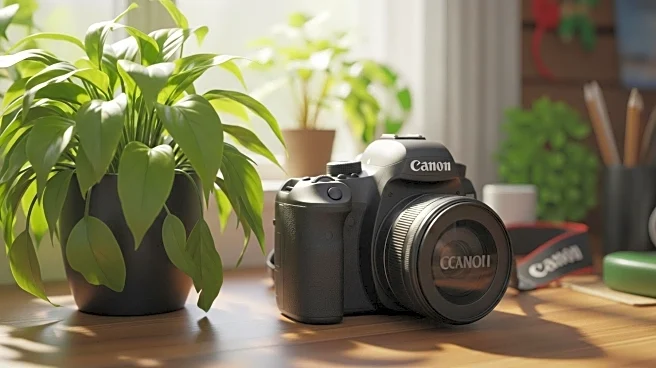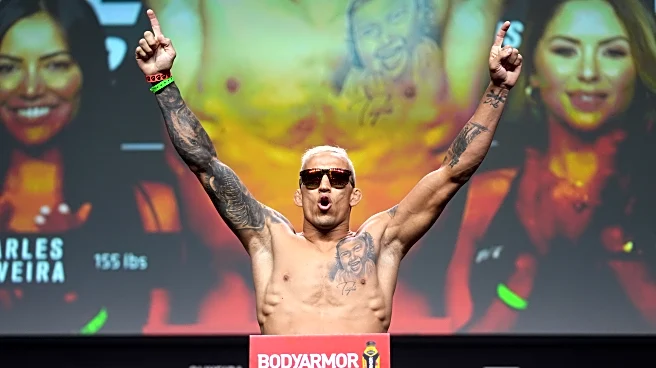What's Happening?
Frieze London, a major art fair, has implemented a strategic layout change to prioritize emerging galleries. The fair's director, Eva Langret, announced that the new floor plan, introduced last year, will continue to position younger galleries near the main entrance, while established names like Gagosian and David Zwirner are placed further inside. This approach aims to boost visibility for galleries under 12 years old, known as the Focus section, and facilitate new connections for collectors. The fair also introduces 'Echoes in the Present,' a themed section curated by Jareh Das, exploring artistic links between West Africa, Brazil, and their diasporas.
Why It's Important?
The strategic layout change at Frieze London is significant as it challenges the traditional hierarchy of art fairs, where top-tier galleries typically dominate entrance visibility. By prioritizing emerging galleries, Frieze London supports the growth of new art spaces and encourages diversity in the art market. This move could influence other major fairs to adopt similar strategies, potentially reshaping the industry. Additionally, the themed section 'Echoes in the Present' highlights important cultural dialogues, fostering greater understanding and appreciation of diverse artistic expressions.
What's Next?
Frieze London will continue to implement its new layout strategy, with plans to rotate stands near the entrance annually to feature different emerging galleries. The fair's success in supporting young galleries may inspire other art fairs to reconsider their layouts and prioritize diversity. As the art market faces challenges, Frieze London's approach could serve as a model for resilience and innovation. The fair's ongoing commitment to showcasing diverse artistic narratives may also lead to increased engagement from global collectors and art enthusiasts.
Beyond the Headlines
Frieze London's emphasis on emerging galleries and diverse cultural narratives reflects broader shifts in the art world towards inclusivity and representation. This approach not only supports new artists but also challenges established norms, potentially leading to long-term changes in how art is presented and valued. The fair's focus on regions connected by historical trauma underscores the role of art in addressing complex social issues, promoting healing and dialogue through creative expression.













